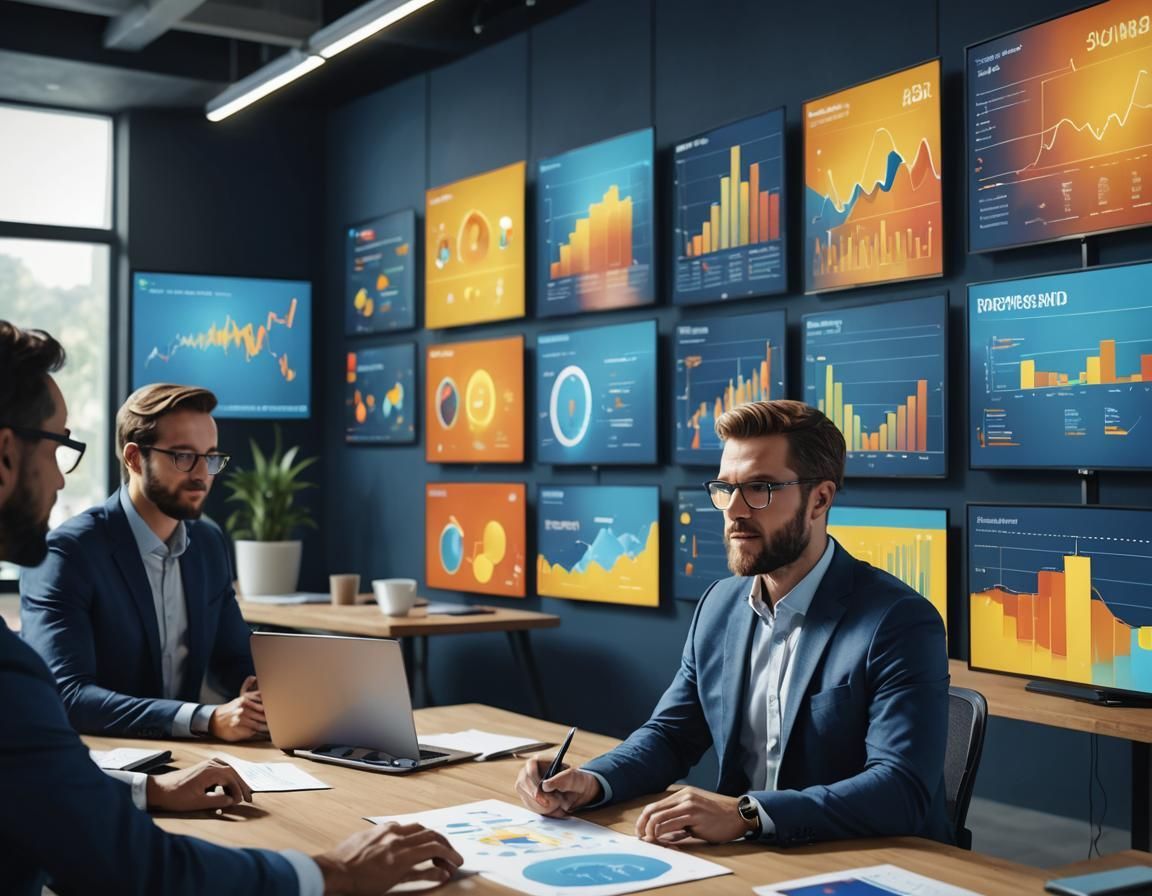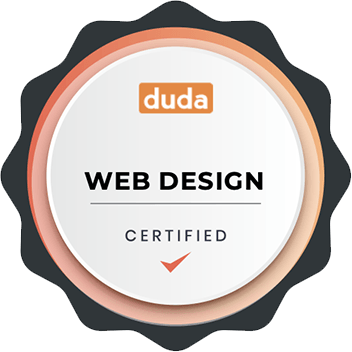How to Build a Lead Generation Machine for Scalable Growth
In today's competitive landscape, building a lead generation machine is essential for sustainable and scalable growth. Effective lead generation not only helps businesses capture new leads but also nurtures them through the sales funnel, ensuring a steady flow of qualified prospects. This article will explore the fundamentals of lead generation, the importance of implementing a structured lead generation process, and the key components that contribute to lead generation success.

Understanding Lead Generation
What is Lead Generation?
Lead generation refers to the process of attracting and converting potential customers into individuals who have expressed interest in your product or service. This process can involve various strategies and tools, ranging from market research to targeted outreach on platforms like LinkedIn. By identifying your ideal customer persona and their pain points, you can build a lead generation engine that effectively captures leads. This first stage in the sales process is critical as it sets the foundation for nurturing leads and guiding them toward a purchase decision.
The Importance of Effective Lead Generation
Effective lead generation is vital for any B2B organization aiming to grow and optimize its sales pipeline. By generating high-quality leads, businesses can ensure that their sales team focuses on prospects that are most likely to convert. A well-structured lead generation process enhances conversion rates by nurturing leads through tailored communication and relevant content, such as free trials or demos. Moreover, it supports the alignment between sales and marketing efforts, ensuring that both teams work cohesively towards common goals, ultimately leading to a scalable business model.
Key Components of a Lead Generation Process
Building an effective lead generation process involves several key components that work together to capture and nurture leads. First, you need to set up a lead generation strategy that includes optimized landing pages, compelling calls to action, and engaging content tailored for your target audience. Utilizing lead generation tools, such as CRM systems and automation software, can also help streamline workflows and improve lead flow. Additionally, implementing a lead scoring system allows you to qualify your leads, ensuring your sales team focuses their efforts on the most promising prospects. This integrated approach to lead generation will help you build your lead generation machine for long-term success.

Building Your Lead Generation Machine
Defining Your Target Audience
To build a lead generation machine effectively, it is crucial to define your target audience accurately. Identifying your ideal customer involves creating detailed buyer personas that reflect their demographics, interests, and pain points. By understanding who your audience is, you can tailor your lead generation strategies to address their specific needs and preferences. This targeted approach not only increases the likelihood of capturing new leads but also enhances the effectiveness of your outreach efforts. Utilizing market research and analytics tools can help refine your understanding of your audience, ensuring that your lead generation engine is optimized for maximum impact.
Developing a Lead Generation Strategy
Once you have defined your target audience, the next step is to develop a comprehensive lead generation strategy. This strategy should encompass various methods, including inbound and outbound marketing techniques tailored to your audience's behavior. Optimizing your landing pages and incorporating compelling calls to action can significantly improve your lead flow. Additionally, offering valuable resources such as free trials or demos can entice potential customers to engage with your brand. An effective lead generation process will also involve nurturing leads through personalized communication, ensuring that they remain engaged and move smoothly through the sales funnel toward a purchase decision.
Choosing the Right Lead Generation Tools
Choosing the right lead generation tools is vital for building an effective lead gen machine. CRM systems play a crucial role in managing and tracking your leads, while automation software can streamline your marketing efforts, allowing you to nurture leads efficiently. Leveraging SEO practices will also enhance your online visibility, making it easier for new leads to discover your product or service. Additionally, using lead scoring systems can help you qualify your leads, ensuring that your sales team focuses on the most promising prospects. By integrating the right tools into your lead generation strategy, you can optimize your sales pipeline and drive scalable business growth.

Effective Techniques for Generating Leads
Leveraging Social Media for Lead Generation
In today's digital landscape, leveraging social media is an essential strategy for generating leads and nurturing them through the sales funnel. Platforms like Facebook, Instagram, and Twitter offer businesses the opportunity to engage with their target audience directly, allowing for effective outreach. By sharing valuable content, such as informative blogs, videos, and infographics, you can capture leads who resonate with your brand's message. Additionally, implementing paid advertising on these platforms can significantly enhance your visibility, ensuring that your lead generation efforts reach a broader audience. Engaging with potential customers through comments and messages further personalizes the experience, helping you build a lead generation machine that effectively converts interest into qualified leads.
Utilizing LinkedIn for B2B Lead Gen
LinkedIn is a powerful tool for B2B lead generation, providing a unique environment where professionals connect and share insights. To optimize your lead generation on this platform, it's essential to create a robust profile that showcases your expertise and the value of your product or service. Joining relevant groups and participating in discussions can also help you build relationships and identify potential leads. Utilizing LinkedIn's advanced search features allows you to target your ideal customer persona based on industry, job title, and location, which can streamline your outreach efforts. By sharing case studies, white papers, and free trials, you can attract and nurture leads, guiding them through the sales process and ultimately enhancing your sales pipeline.
Creating Landing Pages that Capture Leads
Creating effective landing pages is crucial for capturing leads and optimizing your lead generation process. A well-designed landing page should focus on a specific offer, such as a free trial or demo, and include compelling calls to action that encourage visitors to engage. Incorporating elements like testimonials, trust signals, and clear explanations of the benefits of your product can significantly boost conversion rates. Additionally, integrating lead capture forms that are simple and user-friendly ensures that visitors can easily submit their information. By employing SEO strategies to optimize these landing pages, you increase your chances of attracting new leads organically. This strategic approach will help you build your lead generation machine, ensuring a steady flow of qualified leads into your sales funnel.

Integrating Sales and Marketing for Scalable Growth
Aligning Your Sales Team with Lead Generation Efforts
Aligning your sales team with lead generation efforts is crucial for maximizing the effectiveness of your lead generation machine. When sales and marketing teams collaborate seamlessly, they can share insights on the ideal customer persona, thereby enhancing the quality of leads generated. This alignment ensures that both teams are working towards common objectives, which leads to better communication and results. Regular meetings and shared metrics can help both teams stay on the same page regarding lead status, nurturing strategies, and conversion rates. Furthermore, establishing a feedback loop allows for continuous improvement, ensuring that lead generation strategies are effective and responsive to the market's needs.
Building a Lead Generation Engine
To build a lead generation engine that drives scalable growth, organizations must implement a structured lead generation process. This involves clearly defining lead generation strategies that incorporate various channels such as inbound marketing, outbound outreach, and social media engagement. By utilizing CRM tools, businesses can automate their lead nurturing efforts, making it easier to capture and manage new leads. An effective lead generation engine should also include a lead scoring system to qualify your leads based on their engagement and potential to convert. This systematic approach not only optimizes lead flow but also enhances the entire sales pipeline, allowing for sustained growth over time.
Measuring Lead Generation Success
Measuring lead generation success is vital for understanding the effectiveness of your lead generation strategies. Key performance indicators (KPIs), such as conversion rates, lead flow, and customer acquisition costs, can provide valuable insights into how well your lead generation machine is performing. Regularly analyzing these metrics helps identify areas that require adjustment or optimization. Implementing tools that track lead nurturing activities can further enhance your understanding of which tactics yield the best results. By continuously measuring and refining your lead generation efforts, you can ensure that you are generating high-quality leads that ultimately drive scalable business growth.

Optimizing Your Lead Generation Process
Analyzing and Adjusting Your Strategies
To optimize your lead generation process, it is essential to regularly analyze and adjust your strategies based on performance data. This involves revisiting your target audience and ensuring that your lead generation efforts align with their evolving pain points and preferences. Utilizing market research and analytics tools allows you to gather insights on lead behavior and engagement patterns. By identifying which channels and content types drive the most qualified leads, you can allocate resources efficiently and focus on the most effective lead generation strategies. Continuous improvement in your approach will help you build a lead generation machine that adapts to changes in the market and consistently delivers results.
Scaling Your Lead Generation Efforts
Scaling your lead generation efforts requires a strategic approach to expand your reach while maintaining quality. This can be achieved by diversifying your lead generation strategies to include new platforms and tactics, such as leveraging SEO for organic traffic or investing in paid advertising campaigns on social media. Additionally, automating repetitive tasks can free up time for your sales team to focus on high-value activities, such as nurturing qualified leads. As you scale, it’s vital to monitor the performance of each channel to ensure that your lead generation machine continues to generate valuable leads. This balanced approach will allow for sustainable growth and a more robust sales pipeline.
Continuous Improvement in Your Lead Gen Machine
Continuous improvement is the backbone of a successful lead generation machine. By regularly evaluating your lead generation strategies, you can identify inefficiencies and areas for enhancement. Encouraging feedback from both your sales and marketing teams fosters a culture of collaboration and innovation. Implementing A/B testing for your landing pages and outreach messages can provide insights into what resonates best with your target audience, allowing you to fine-tune your approach. Additionally, staying updated on industry trends and technologies will help you adapt your lead generation efforts to current market demands. This commitment to improvement will ensure that your lead generation process remains effective and scalable over time.
We’re Ready When You Are
See What We Can Do For Your Business


















